This paper features on pp. 33-67 of IGNCA’s journal of arts, KALAKALPA, Basant Panchami 2019, vol.III, No.2. The Editor-in-Chief, Dr. Sachchidanand Joshi, Member Secretary of the IGNCA, writes in his editorial, “Professor Pradip Bhattacharya is an acclaimed scholar on Mahabharata…Professor Bhattacharya’s contribution is stupendous.” The paper has been published with 3 colour plates of photographs I took of frescos on the walls of the Silver Pagoda in Phnom Penh, 3.65 metres high, illustrating the episodes contained in these 2 manuscripts of Jaimini which retell unknown episodes from the Ramayana in the Ashramavasika Parva of the Mahabharata.
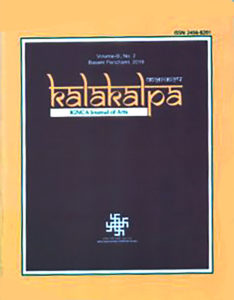
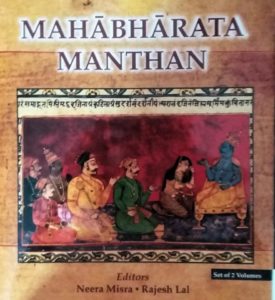
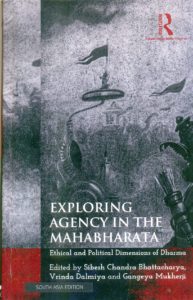
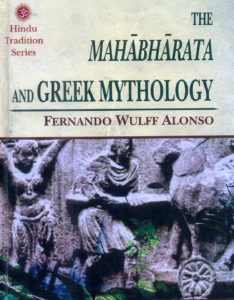 by an East India Company officer arguing that the Ramayana story was strongly influenced by the Iliad. Other than Megasthenes’ references to Indians carrying banners of Heracles and worshipping Dionysus, the Greek scholar Dios Chrysostom (40-120 AD) mentions translations of the Iliad in India. The Roman Claudius Aelianus (175-235 AD) reiterated this (e.g. the Trojan horse becoming Bhasa’s wooden elephant in Pratigya Yaugandharayana). In 1871 A.F.Weber, refuting M.H.Fauche’s proposition (supported by A.Lillie in 1912) that Homer had used the Ramayana as a guide, claimed that it was merely Buddhist legends grafted on to borrowings from Homer, an argument that W.T.Telang vigorously refuted. Weber cited Odysseus’ archery feat to win Penelope as having influenced the archery contests of Rama and Arjuna, ignoring that Rama breaks the bow and Arjuna does not shoot rivals dead. J.Lallemant argued in 1959 that the Mahabharata (MBH) influenced the Aeneid. In 1961 G.Duckworth argued that Turnus’ portrayal was based upon Duryodhana. In 1968 G.Dumezil put forward his theory of an Indo-European tri-functional ideology illustrated by the Pandavas (the dharma-king, the warrior, the grooms). Now, a Spanish professor in the University of Malaga has built up a strong case that the Homeric cycle and other Greek myths were adapted for the MBH.
by an East India Company officer arguing that the Ramayana story was strongly influenced by the Iliad. Other than Megasthenes’ references to Indians carrying banners of Heracles and worshipping Dionysus, the Greek scholar Dios Chrysostom (40-120 AD) mentions translations of the Iliad in India. The Roman Claudius Aelianus (175-235 AD) reiterated this (e.g. the Trojan horse becoming Bhasa’s wooden elephant in Pratigya Yaugandharayana). In 1871 A.F.Weber, refuting M.H.Fauche’s proposition (supported by A.Lillie in 1912) that Homer had used the Ramayana as a guide, claimed that it was merely Buddhist legends grafted on to borrowings from Homer, an argument that W.T.Telang vigorously refuted. Weber cited Odysseus’ archery feat to win Penelope as having influenced the archery contests of Rama and Arjuna, ignoring that Rama breaks the bow and Arjuna does not shoot rivals dead. J.Lallemant argued in 1959 that the Mahabharata (MBH) influenced the Aeneid. In 1961 G.Duckworth argued that Turnus’ portrayal was based upon Duryodhana. In 1968 G.Dumezil put forward his theory of an Indo-European tri-functional ideology illustrated by the Pandavas (the dharma-king, the warrior, the grooms). Now, a Spanish professor in the University of Malaga has built up a strong case that the Homeric cycle and other Greek myths were adapted for the MBH.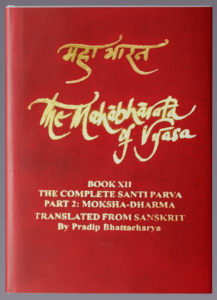 International Journal of Hindu Studies (2018) 22:523–549
International Journal of Hindu Studies (2018) 22:523–549